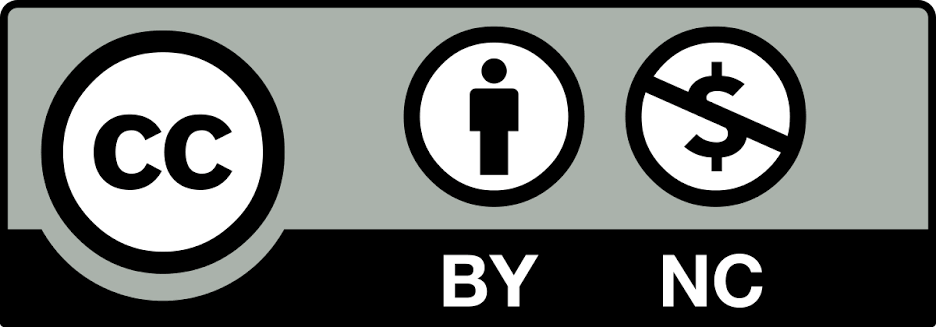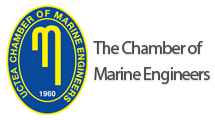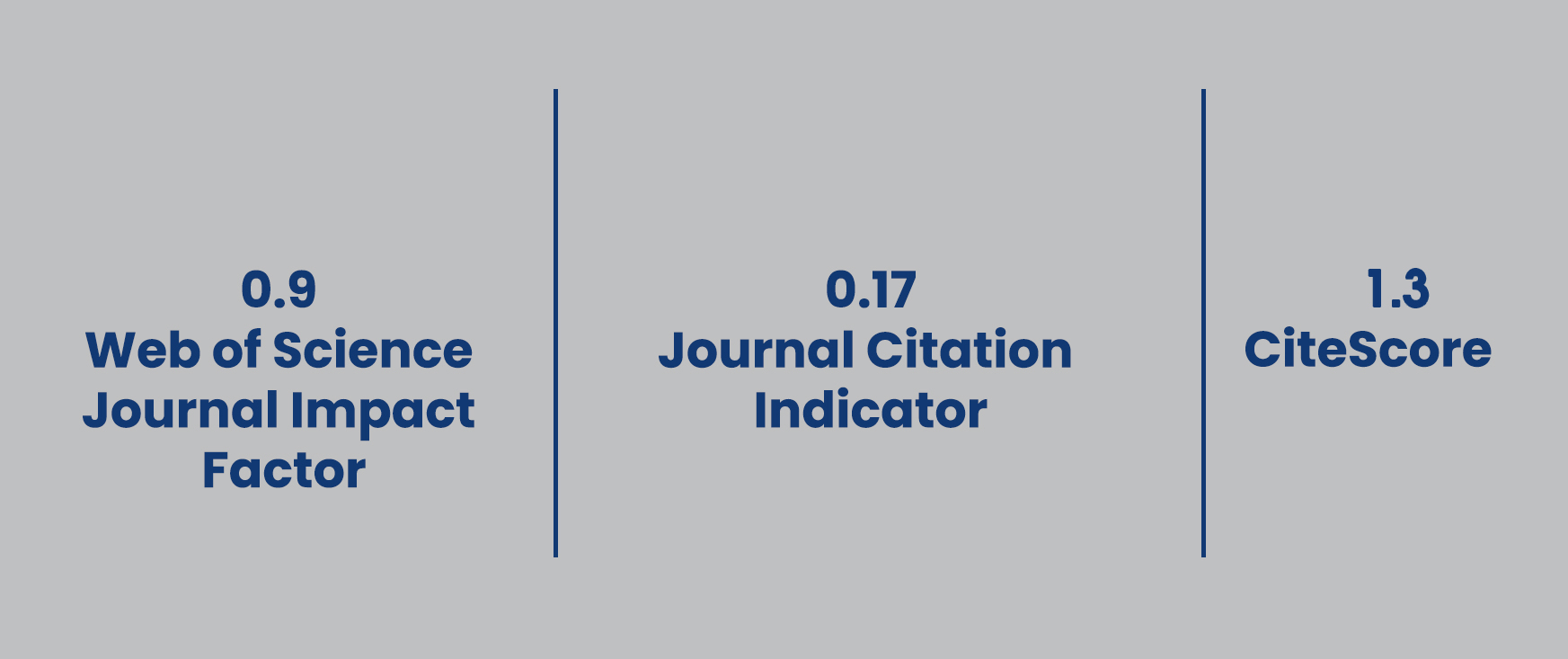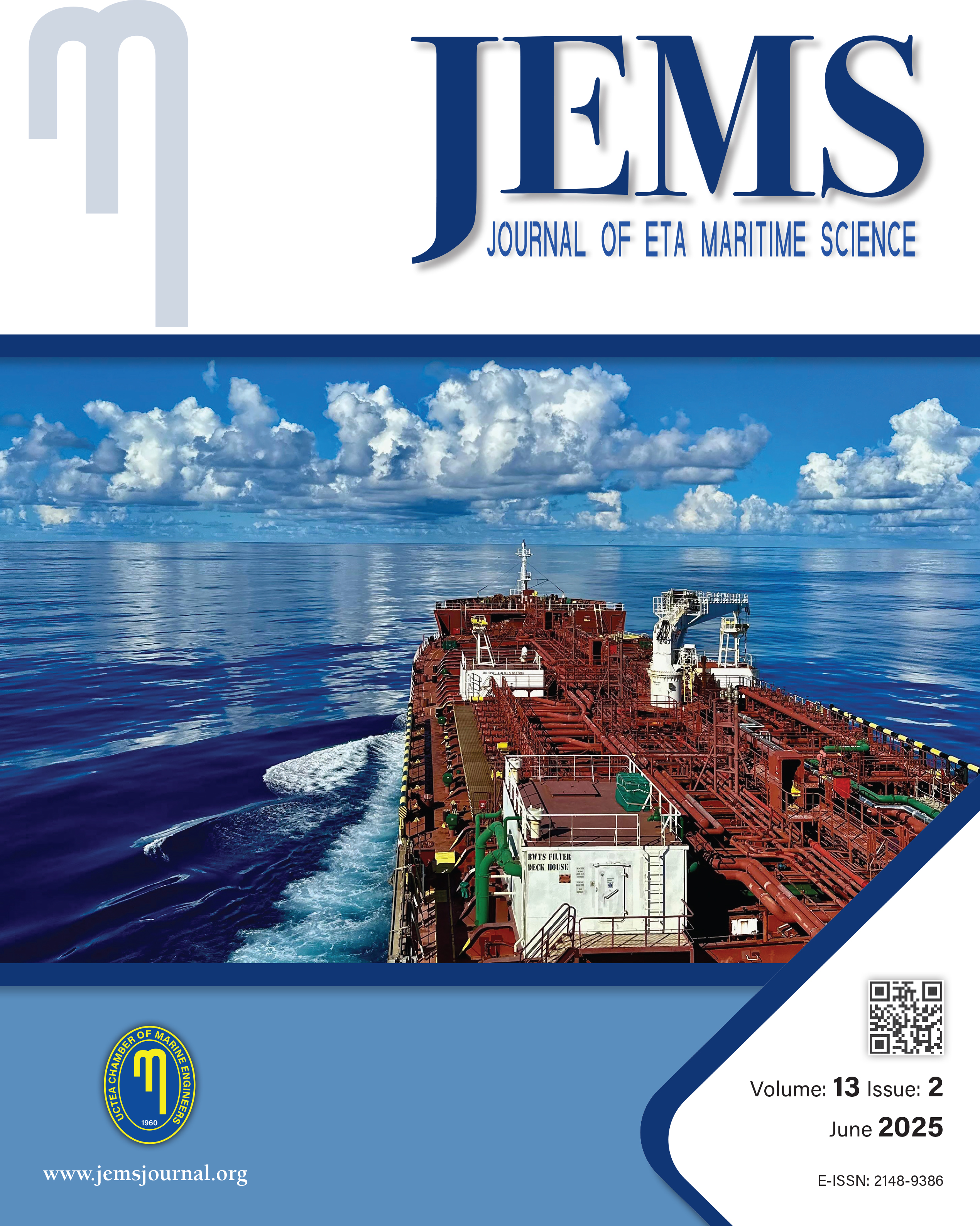

JEMS apply the Creative Commons Attribution NonCommercial 4.0 International Licence to all manuscripts to be published
ABSTRACTING & INDEXING
Volume: 13 Issue: 1 - 2025
| 1. | Full Issue Page I |
| EDITORIAL (ED) | |
| 2. | Editorial Selçuk Nas doi: 10.4274/jems.2025.60437 Page 1 Abstract | |
| ORIGINAL RESEARCH (AR) | |
| 3. | Experimental and Numerical Study on the Hydrodynamic Efficiency of Permeable Caissons Barriers Karim Badr Hussein, Mohamed Ibrahim, Samah H. Abd El Ghany doi: 10.4274/jems.2025.82698 Pages 2 - 9 Breakwaters are constructed to protect beaches and ports from high storms and waves. By bringing calm to the port, breakwaters also increase ship safety and operation. This paper presents a study of the breakwater partially submerged in water, consisting of precast concrete caissons suspended on a spaced pile, experimentally and numerically, to assess the efficacy of hydrodynamics. A set of scenarios were simulated for the proposed breakwater using FLOW-3D numerical modeling. It turned out that the coefficient of wave transmission (Kt) increases with relative barrier draft and decreases with relative breakwater width. When the waves impacting breakwater are relatively short, their effectiveness rises. As the seafloor slope increases, kt decreases. The suggested breakwater disperses the waves and reduces the wave speed behind it. The wave velocities and vortices surrounding the breakwater decrease as the wave period (T) increases. In front of the barrier and at the wave crest, hydrodynamic pressure is at its peak. The numerically simulated results using FLOW-3D program are consistent with the experimental results. |
| 4. | Ship Bunkering Operations Risk Assessment using Rule-Based Fuzzy Failure Mode Effect Analysis (FFMEA) Bulut Ozan Ceylan doi: 10.4274/jems.2025.94546 Pages 10 - 24 Ship bunkering operations play a critical role in sustaining maritime transportation; however, they also entail significant risks to the environment, vessels, and crew. This study conducts a comprehensive quantitative risk assessment of bunkering operations using the rule-based fuzzy failure mode and effect analysis method. A total of 27 critical failure modes were identified, and expert evaluations were performed for the severity, frequency, and detectability of each failure mode. These evaluations are processed through fuzzy membership functions, an inference engine, and a set of 125 rules to calculate the fuzzy risk priority numbers (FRPNs) for each failure scenario. The analysis results indicate that the three most risky failure modes, as measured by their FRPN scores, are FM19 - Lack of proper control mechanisms (7.04), FM18 - Incorrect valve operations (6.93), and FM14 - Ineffective communication between ship crew and shore or barge personnel (6.92). The findings of this study present practical recommendations regarding critical failure modes, with notable implications for improving regulatory compliance, strengthening operational safety, and reducing maritime risks. These outcomes highlight the necessity of systematic risk assessment approaches to guide decision-making and promote safer, more sustainable bunkering operations. |
| 5. | Türkiyes Maritime Training and Education Institutes Non-Conformities Historical Evaluation by Grey Relation Analysis and Geographical Information System Esat Güzel, Pelin Bolat doi: 10.4274/jems.2025.92604 Pages 25 - 35 The main aim of the study is to determine an objective method for maritime training and education institutes quality assessment based on objective data. To achieve this, results of external audits carried out by independent evaluation are analysed using the Entropy Weighted Grey Relation Analysis method. In the final stage, results of Entropy Weighted Grey Relation Analysis method are demonstrated on QGIS, an open source Geographic Information System, thus Türkiye maritime training and education institutes non-conformities concentration and distribution maps are generated. |
| 6. | Examination of Failures in the Marine Fuel and Lube Oil Separators Through the Fuzzy DEMATEL Method Sercan Ayvaz, Asım Sinan Karakurt doi: 10.4274/jems.2025.33341 Pages 36 - 45 Separators are essential equipment on ships, regardless of the vessel type or the type of engine installed, whether the main, and auxiliary engines are two-stroke or four-stroke. The primary function of these separators, apart from the bilge separator, is to ensure clean fuel delivery to the main engine and auxiliary machinery by removing water and solid contaminants from the fuel. The efficiency of the separators and the level of maintenance they receive directly influence the performance of the ship's machinery, reducing the likelihood of malfunctions and power loss in systems dependent on clean fuel. However, since separators operate at high speeds using centrifugal force and are composed of numerous intricate components, they are prone to potential failures if not properly maintained. While preparing for this study, four experts were asked about the effects of failures that may occur in the separators. According to the criteria received, the fuzzy DEMATEL method, a multi-criteria decision-making method, was used to evaluate the effects of failures. When the results are examined, the most effective factors are the wear of the bearings, contamination, incorrect assembly of the bowls, and bending of the shaft. It is extremely important to have spare parts available on the ship and to maintain the equipment with sufficient authorized crew. |
| 7. | Exploring the Role of Mission and Vision Statements in Maritime Transport: A Focus on Liner Shipping Companies Gökçe Tuğdemir Kök, Taha Talip Türkistanlı doi: 10.4274/jems.2025.84429 Pages 46 - 58 This study examines the strategic management of mission and vision statements of the top 100 liner shipping companies. By analyzing the content and components of these statements, this study assesses their effectiveness in guiding organizational behavior and aligning stakeholder expectations. Content analysis reveals that while self-concept and philosophy are emphasized, critical aspects like customer orientation and employee concerns are underrepresented. Vision statements prioritize clarity and stability but often lack the motivation required to motivate stakeholders. The findings suggest the need for a more balanced approach when crafting statements. This study offers recommendations for improving strategic communication practices in maritime companies, highlighting the importance of stakeholder involvement, regular updates and integration into daily operations. Enhanced mission and vision statements can significantly improve organizational alignment and performance. |
| 8. | Advantages and Disadvantages of Using Electric Tugboats: A Systematic Review Nicoleta Acomi, Costel Stanca, Gabriel Raicu, Gheorghe Surugiu, Eliza Maria Popa doi: 10.4274/jems.2025.90912 Pages 59 - 70 The maritime industry is increasingly focusing on sustainability and reducing environmental impact, which has generated growing interest in adopting electric propulsion technologies for tugboats to reduce emissions in ports. This study analyses the advantages and disadvantages of electric tugboats through a systematic review conducted according to the Preferred Reporting Items for Systematic Reviews and Meta-Analysesmethodology, complemented by a focus group of industry representatives to validate the results. By synthesising information from forty-two carefully selected studies, the analysis highlights environmental benefits such as reduced greenhouse gas emissions, lower noise pollution, and decreased operational costs. However, the research also identifies significant challenges, such as high initial costs, limited range, and infrastructure requirements for port electrification. The focus group findings confirm these conclusions, providing practical insights into the operational feasibility and potential for large-scale adoption. The study underscores the need to align technological advances with policy incentives to facilitate the sustainable transition of the maritime industry. |
| INDEX | |
| 9. | Reviewer List of Volume 13 Issue 1 (2025) Page E1 Abstract | |










